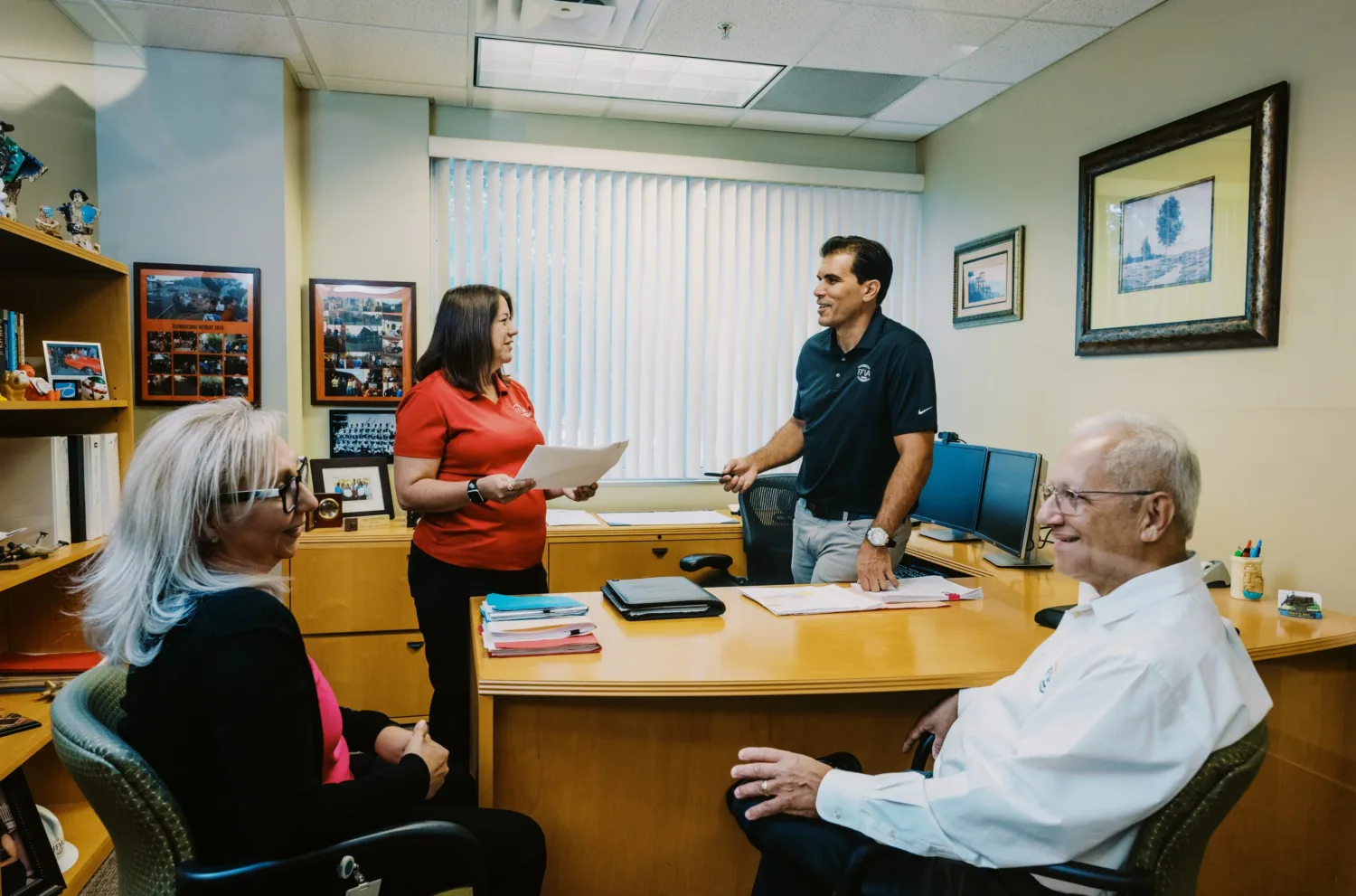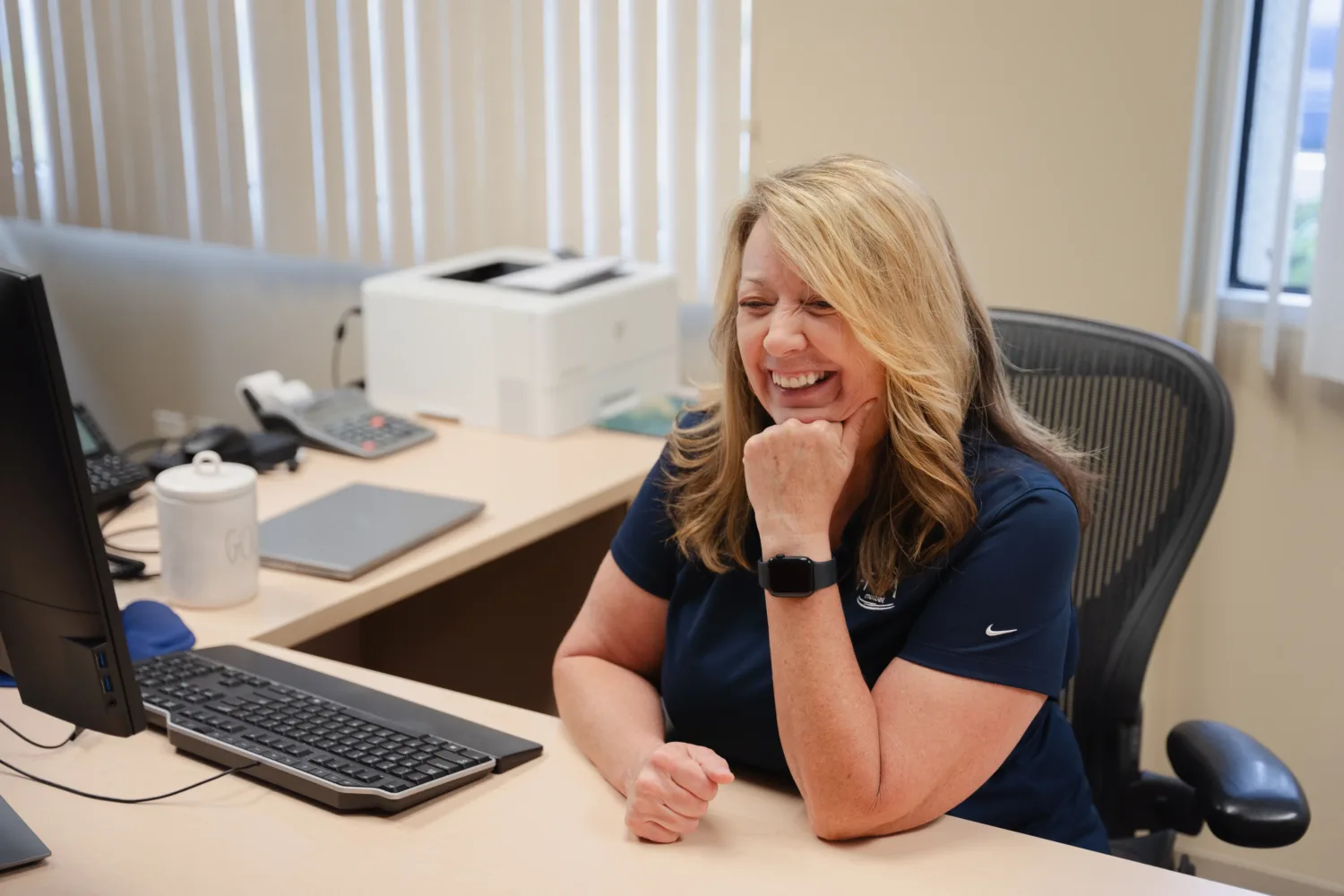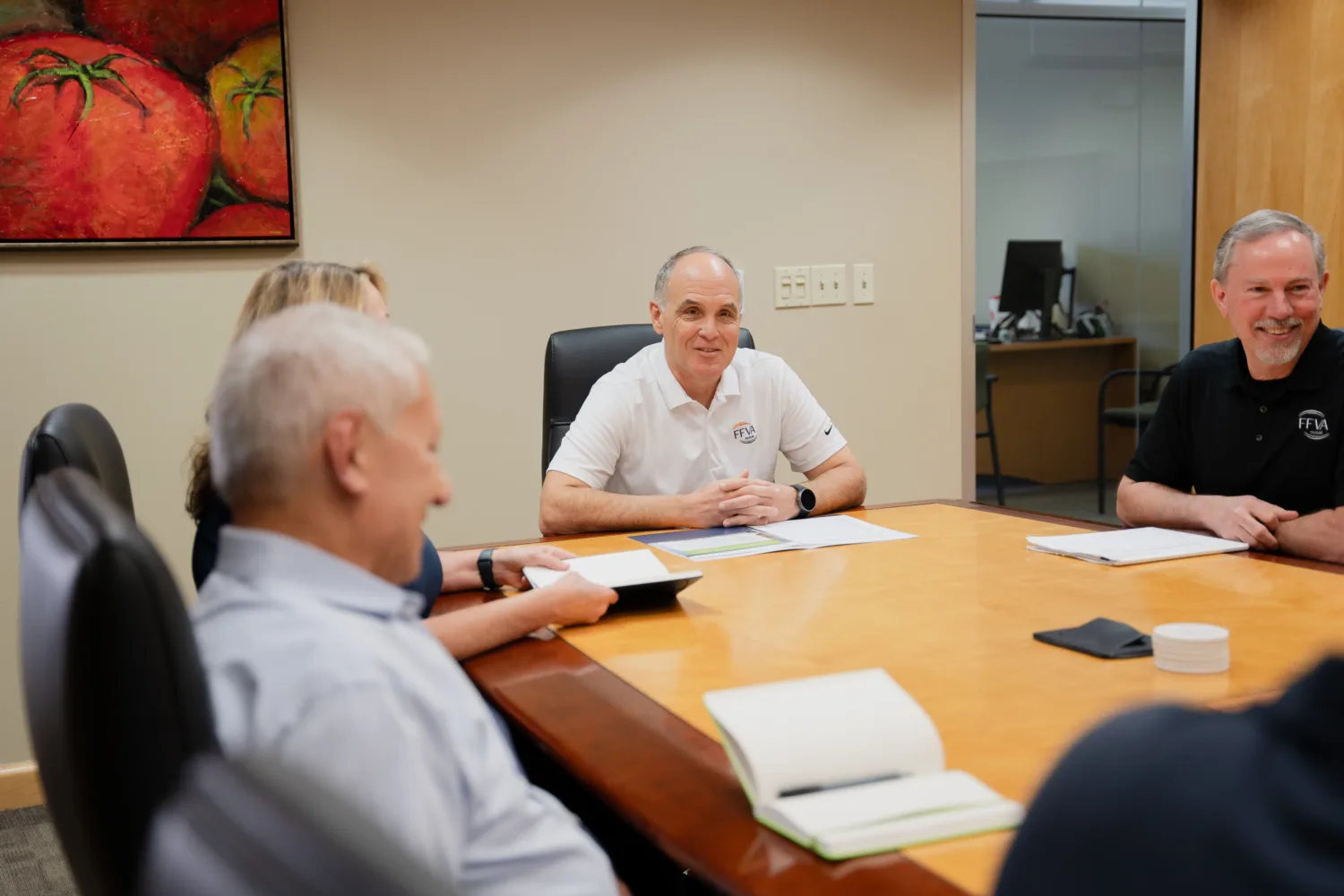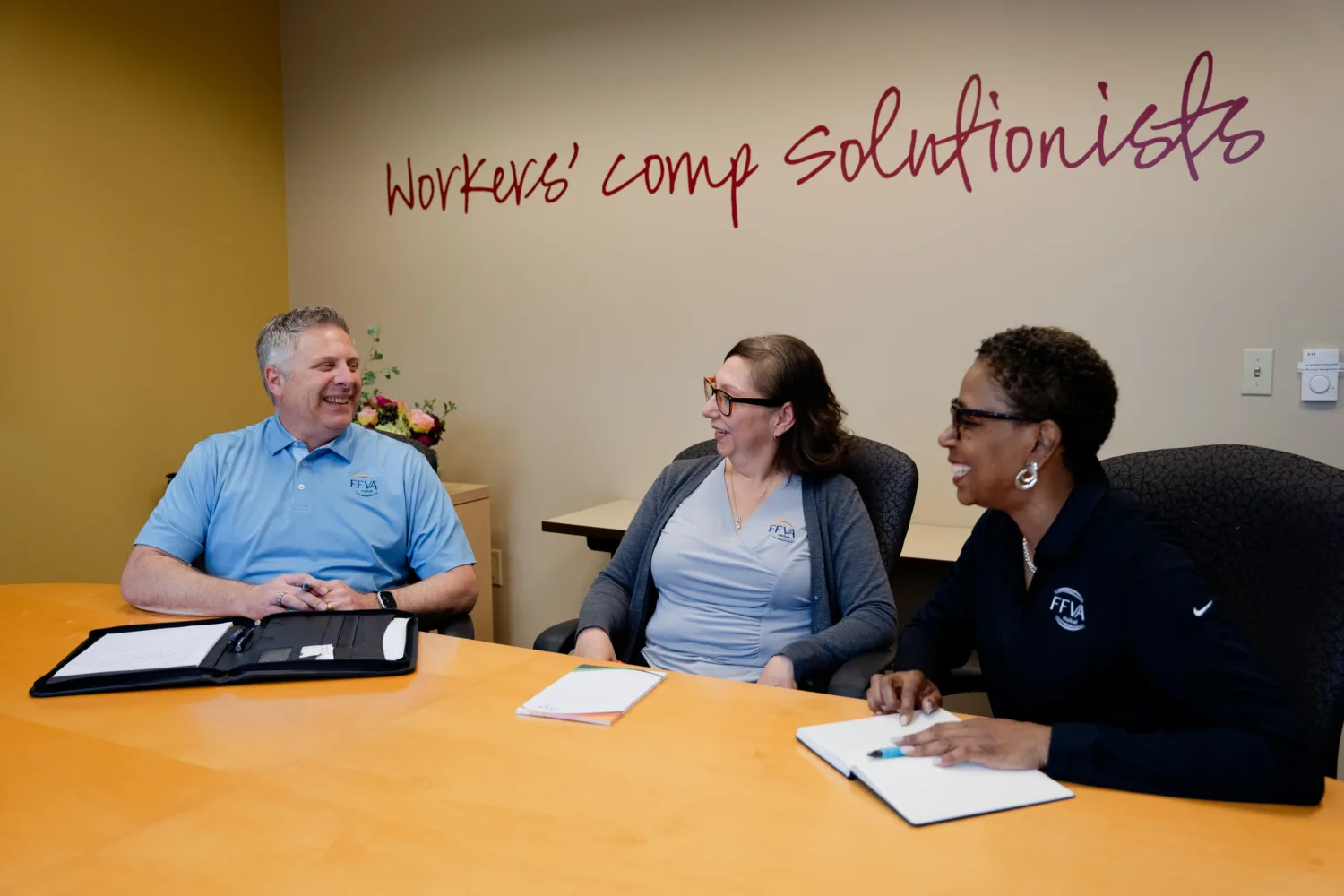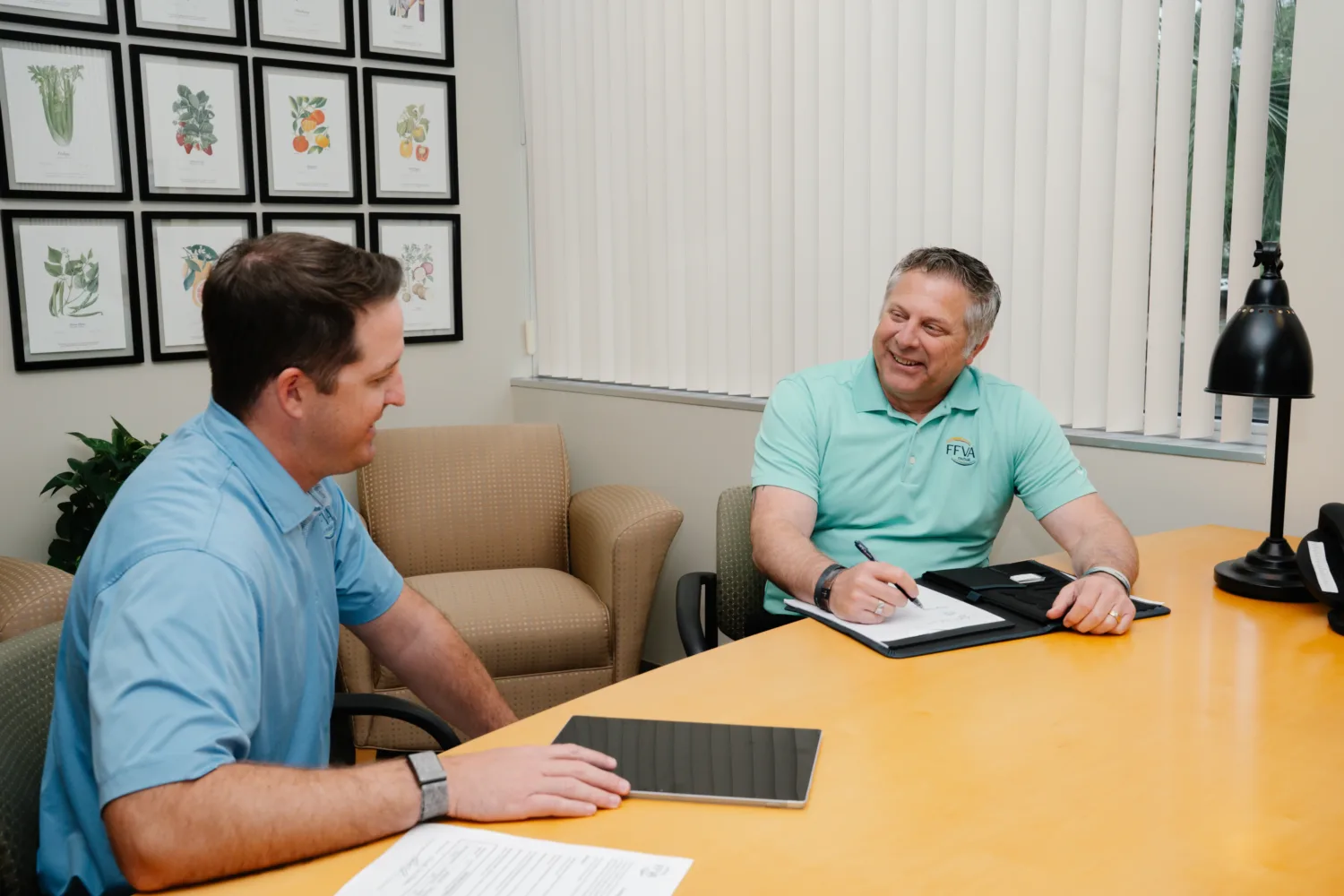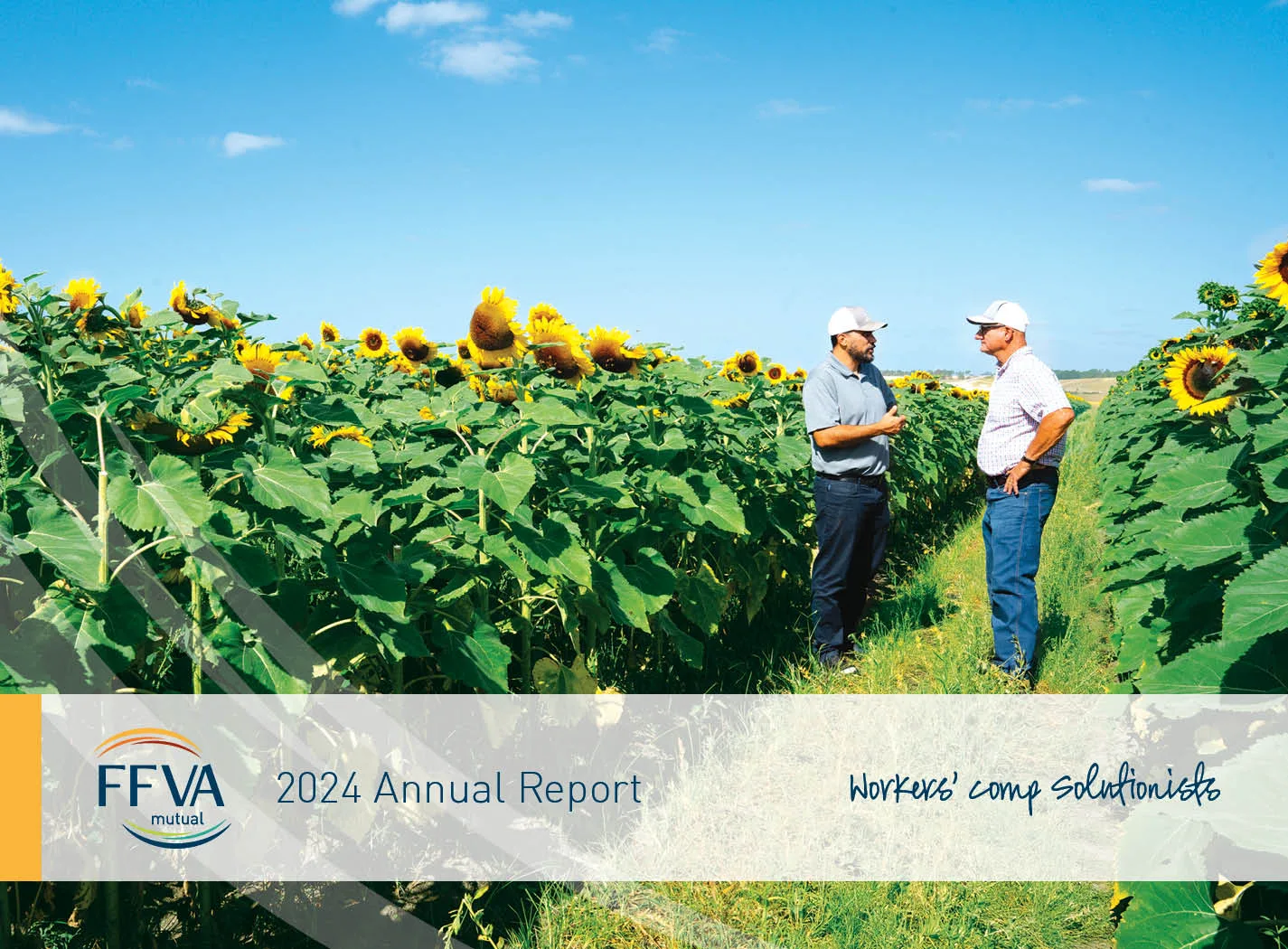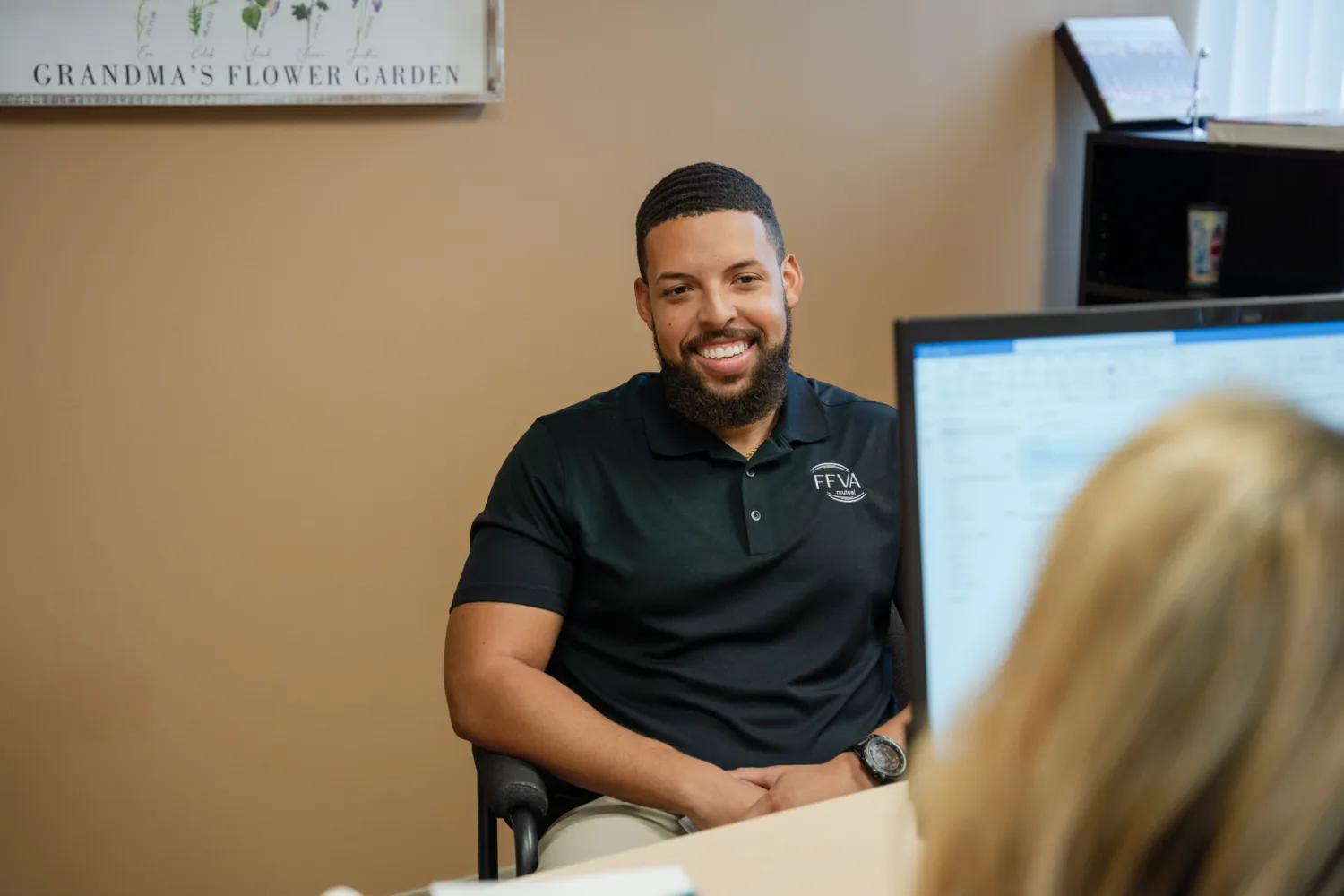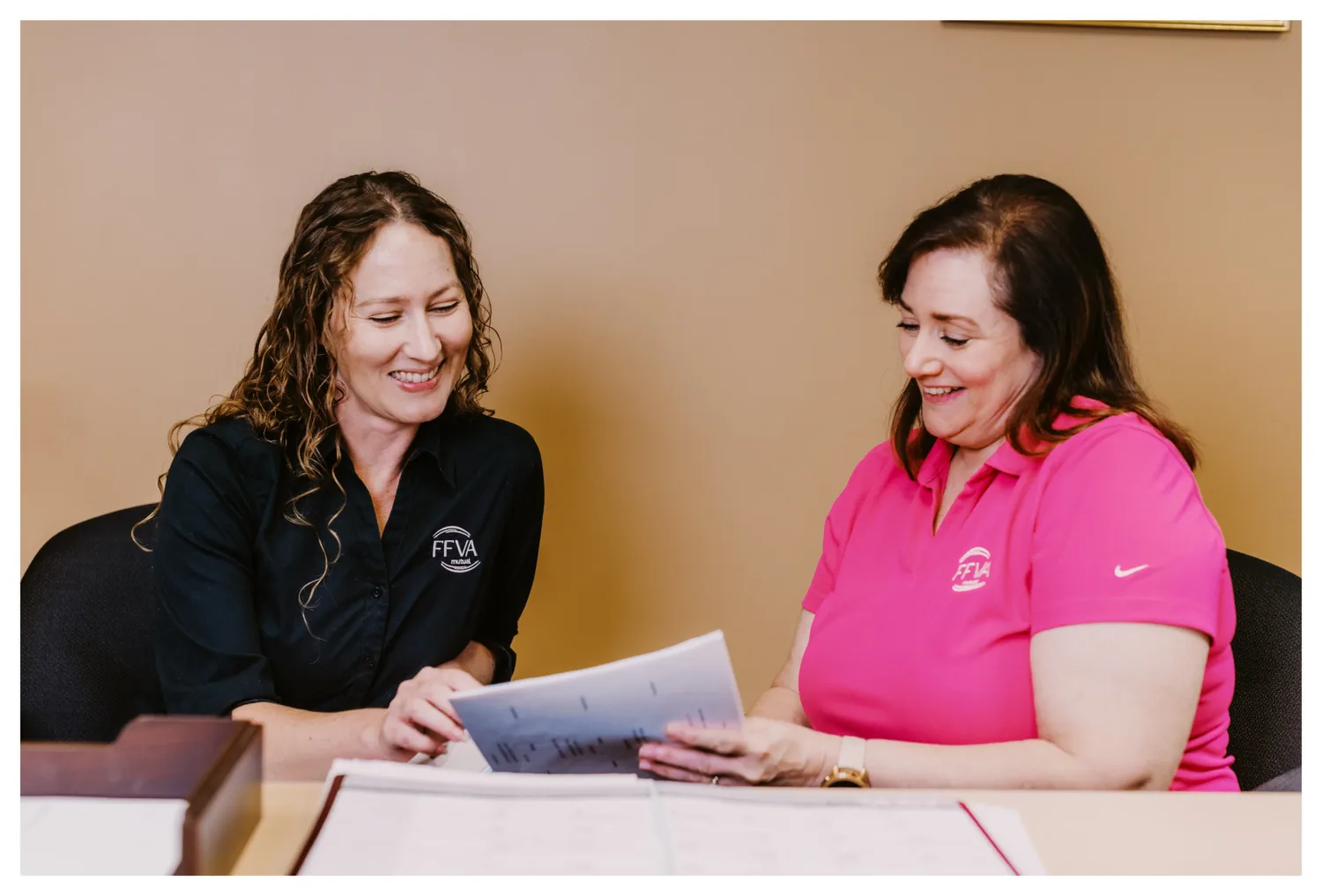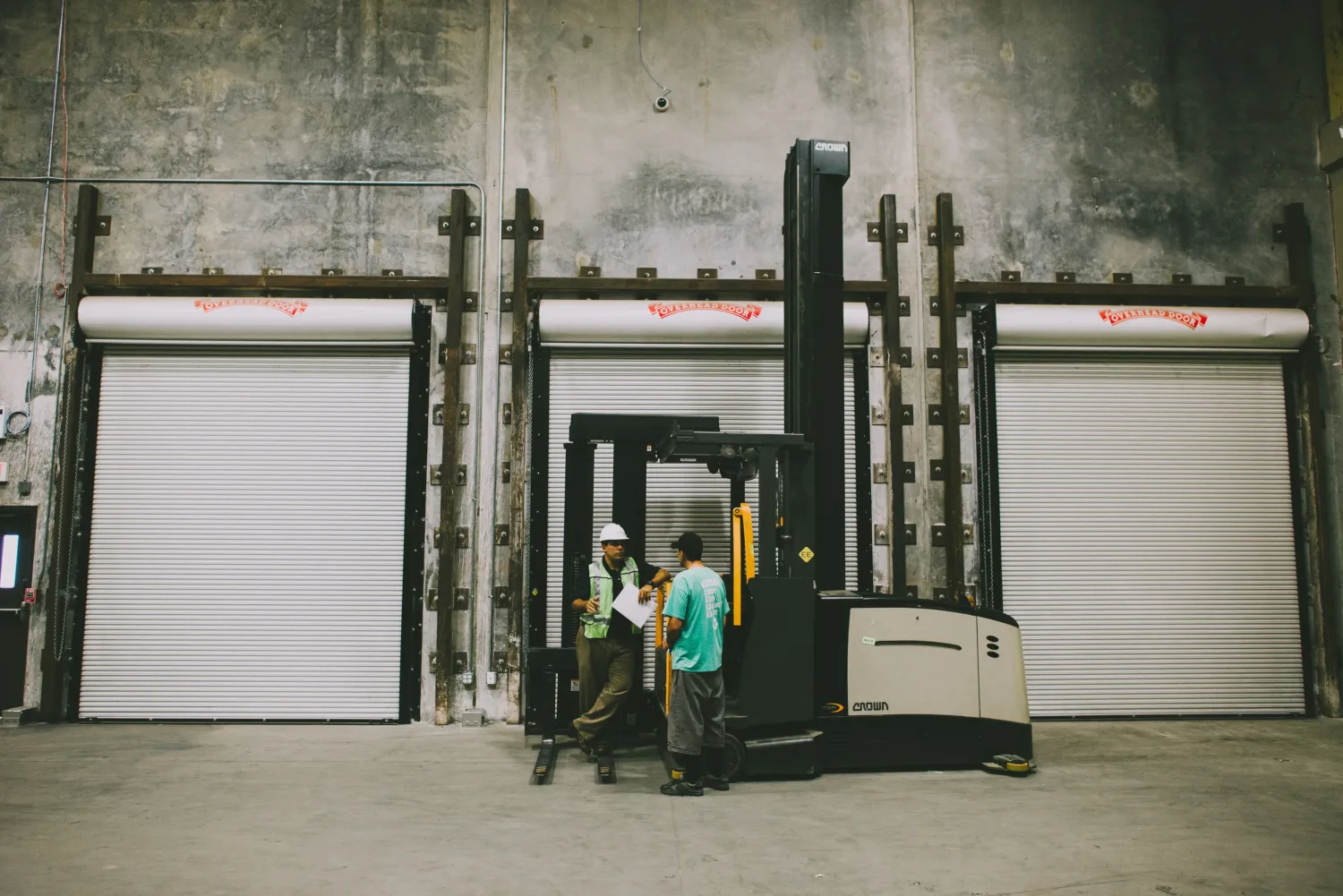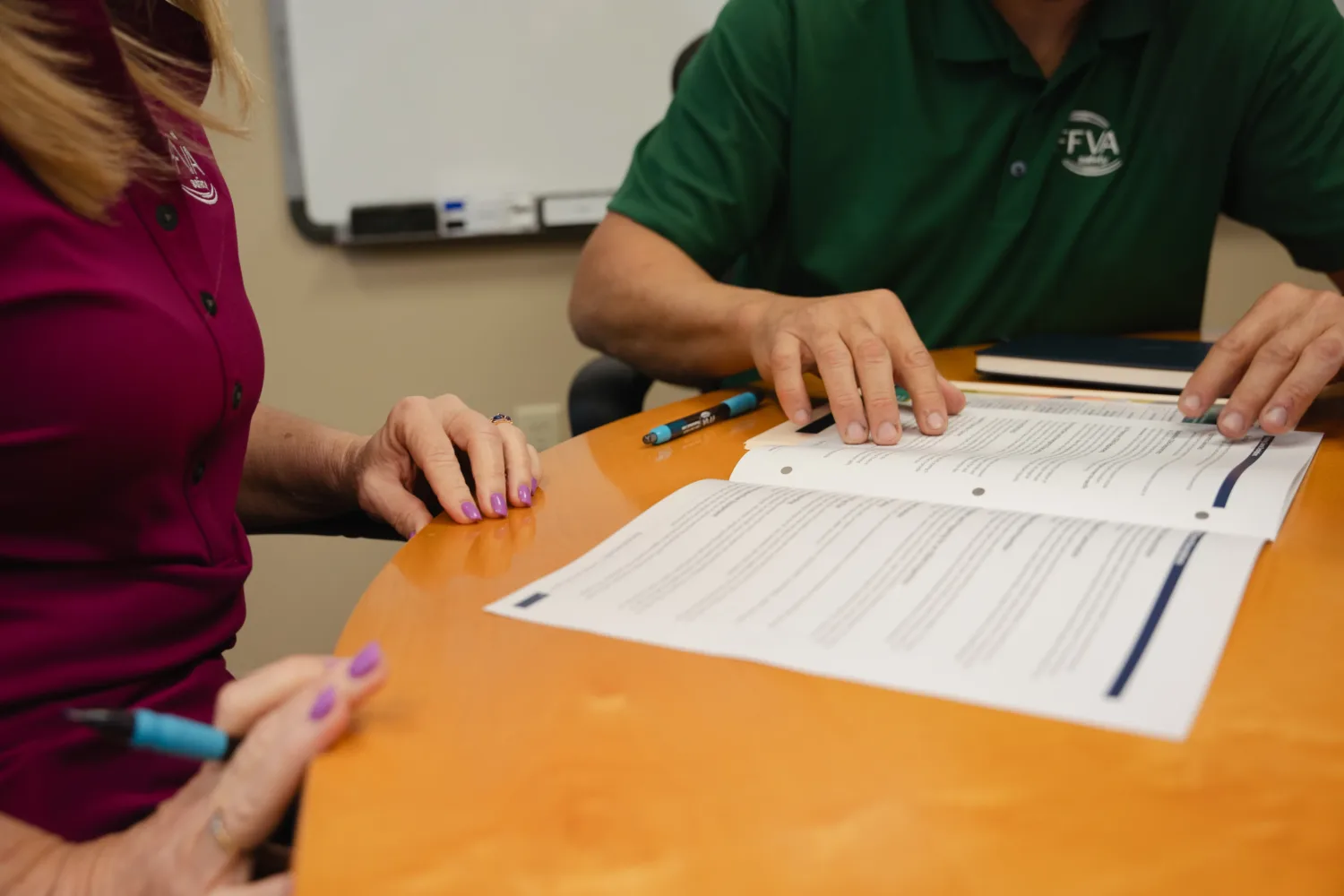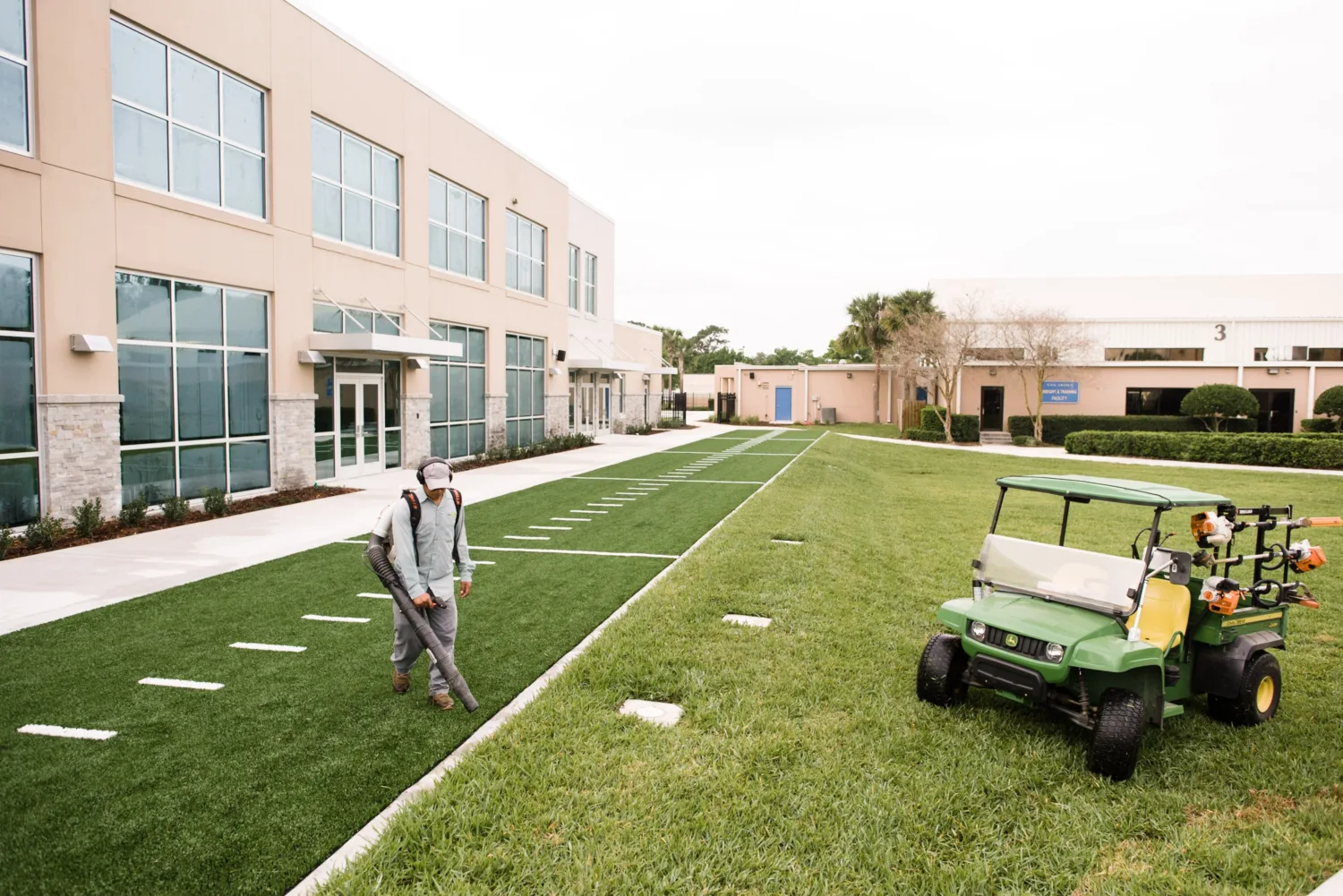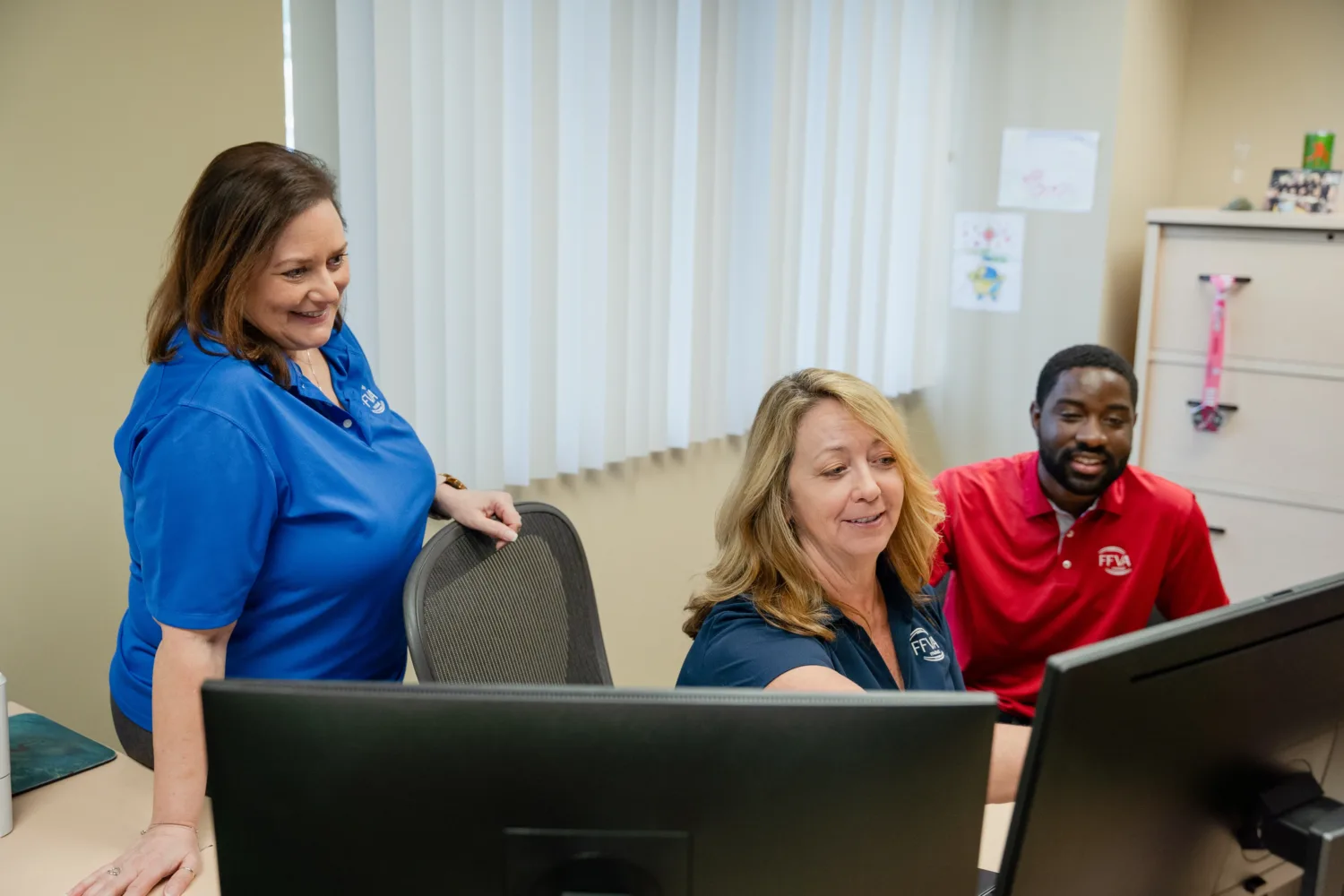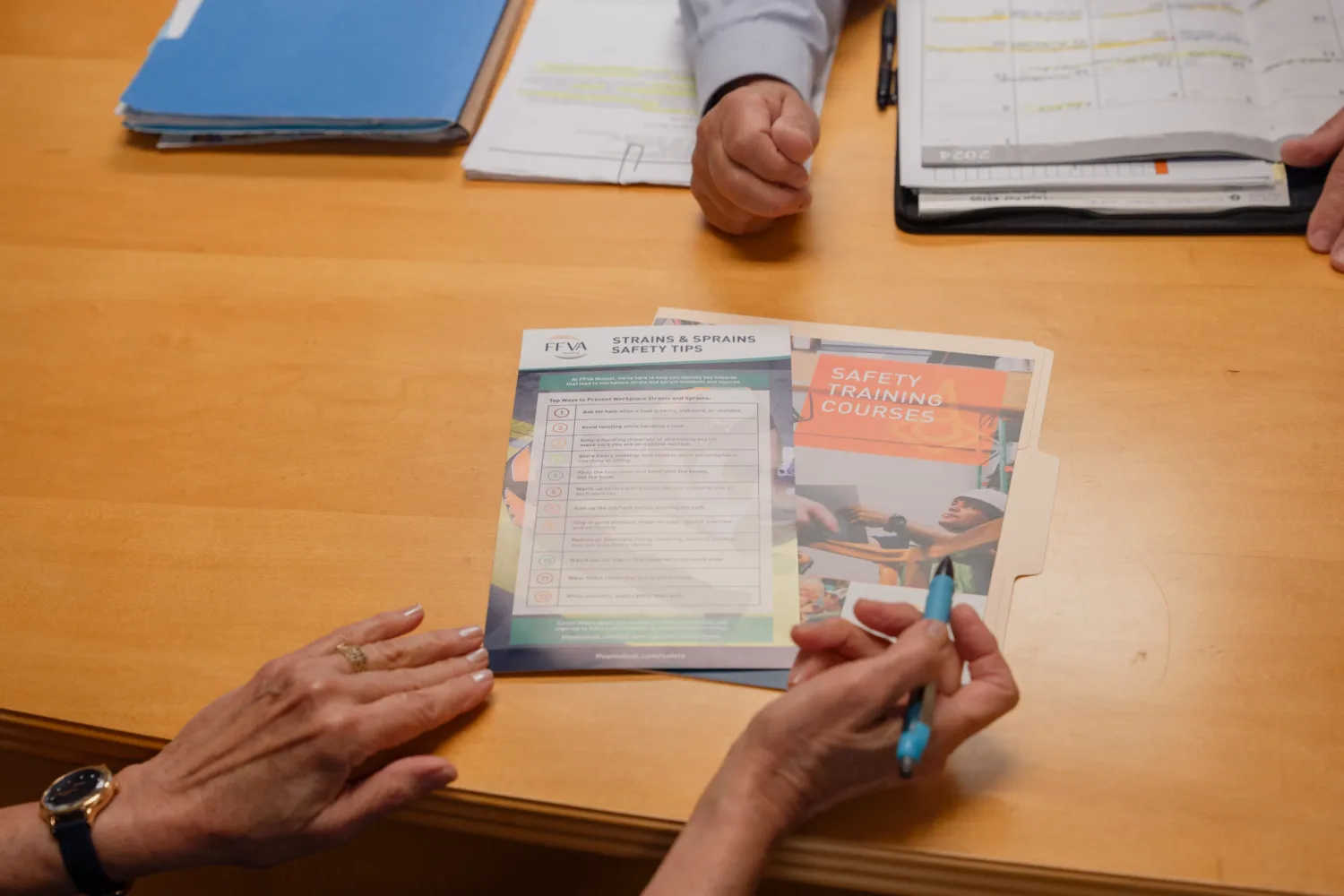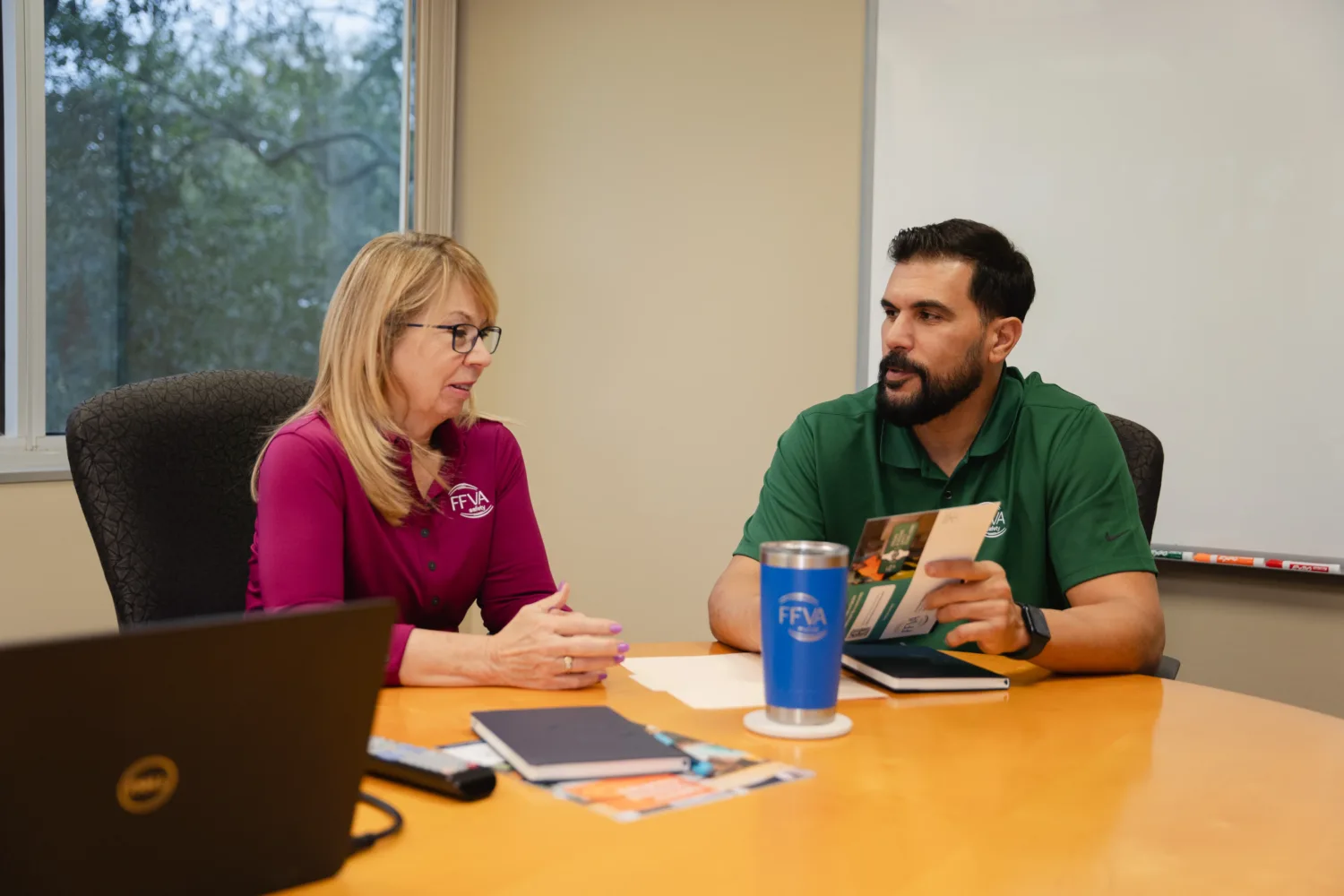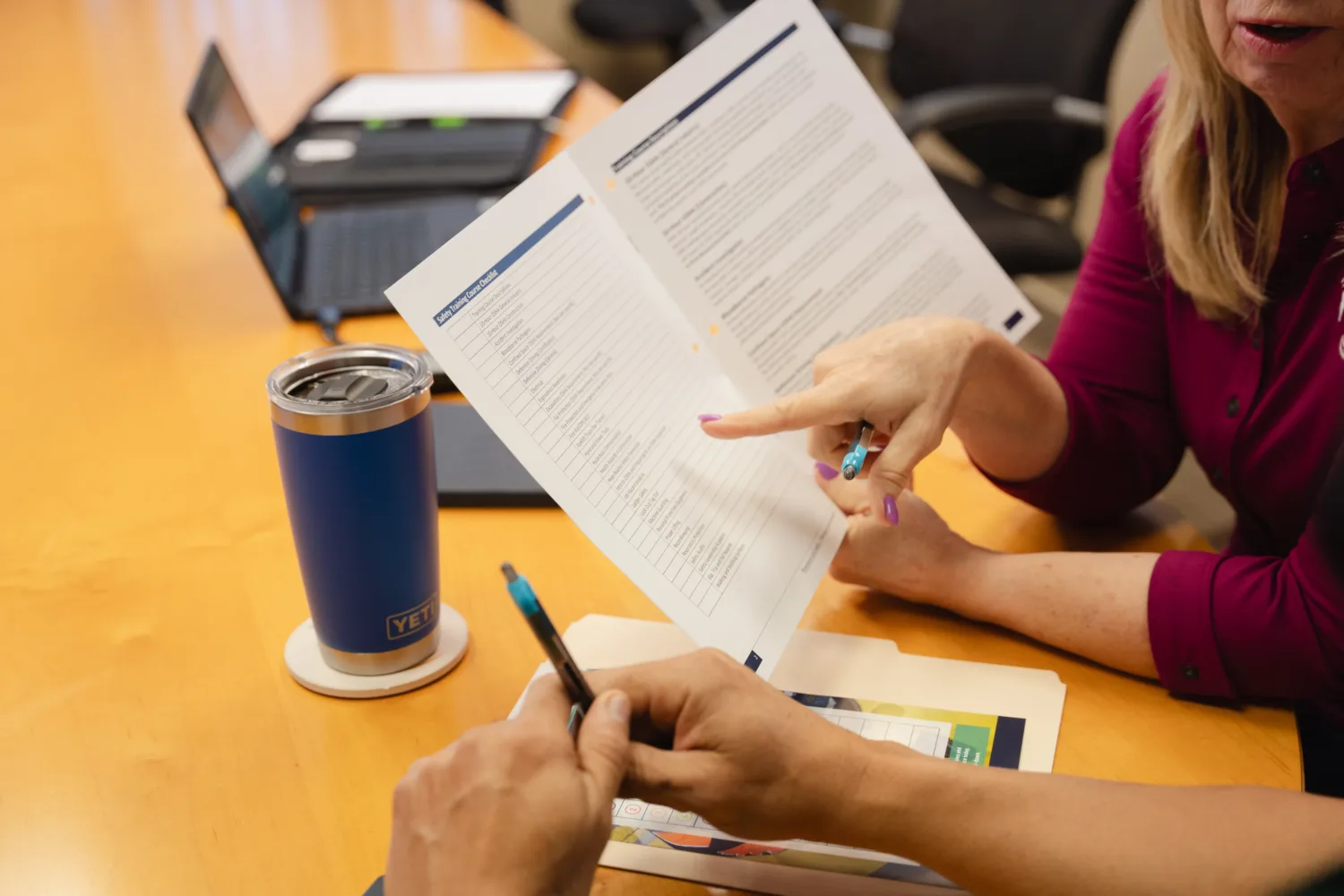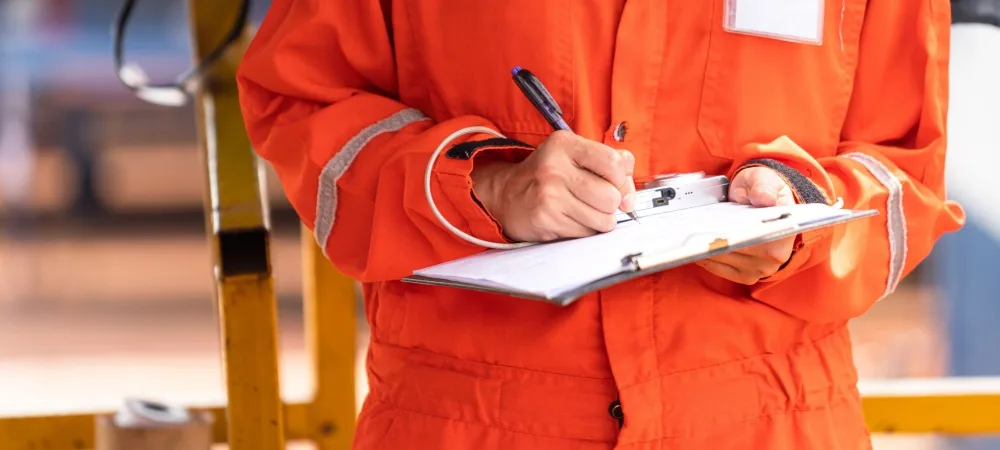For employee safety and savings
Building workplace safety into your organizational culture is one of the most effective ways to keep employees safe and reduce costs associated with work-related injuries. Unfortunately, employee health and safety too often takes a back seat to other priorities. Some businesses want to invest in their workplace safety but simply don’t know where to start and that’s where FFVA Mutual’s workers’ compensation training 101 comes in.
A culture of workplace safety can take time, money and serious commitment to cultivate, but it’s one of the most important investments you can make. Our wide-ranging selection of safety training courses provides you with all the information you need to keep every worker safe on the job and reduce your workers’ comp costs.
The importance of health and safety in the workplace
The total number of nonfatal workplace injuries reached 2.7 million in 2020. Many of those could have been avoided with the right preventative measures. Promoting health and safety in the workplace is the critical step employers should take to reduce the incidence of work-related injuries. In addition to keeping employees safe at work, a commitment to workplace health and safety also helps:
- Reduce costs associated with workforce loss: Even if you’re not paying out of pocket for medical expenses, an injured worker could cause you to lose valuable experience, institutional memory and working knowledge of specific jobs, leading to revenue losses.
- Promote better hiring practices: Prospective job hires want to work at companies that do everything they can to protect them on the job. Promoting health and safety in the workplace earns you a good reputation among job candidates that can boost hiring and retention.
- Better engage employees: Employees that are safe, happy and healthy are much more engaged with their work. When you invest in workplace health and safety, you’re empowering employees to do great work every day and reach their potential.
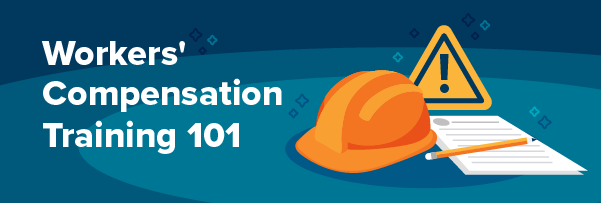
Common workplace safety challenges
For many employers, their challenges with workplace safety stem from a simple lack of investment. Whether they haven’t committed enough time or resources to developing a strong culture of safety, or they don’t have enough people on staff devoted to the task, these companies suffer from not having the right plans, policies and procedures in place to ensure employees have the tools and knowledge to do their jobs safely.
Not only are employees much more likely to suffer an injury in such a workplace (leaving the employer to pay for the damages), they’re much less likely to be prepared for the impact losing injured workers will have on production and operations. They also won’t have the knowhow to transition injured workers back to the job when the time is right.
Steps you can take to mitigate common workplace safety challenges
The most effective way to mitigate workplace hazards, keep employees safe on the job and reduce workers’ comp costs is to prevent injuries from happening in the first place. Here are some steps you can follow:
- Conduct a job hazard analysis to identify possible injury risks across your workplace.
- Form a safety committee that will spearhead all safety initiatives.
- Make health and safety a core part of your workplace culture.
It’s impossible to prevent all injuries, and sometimes the worst does happen. When it does, your priority should be, first, getting employees the medical attention they need and, second, ensuring you work together to put a return-to-work plan in place that addresses both parties’ needs.
Your return-to-work plan should include a clear schedule with appropriate recovery benchmarks. It should also include transitional, light-duty assignments that the injured employee can undertake to ease them back into their full responsibilities.
FFVA Mutual’s workers’ compensation training courses
At FFVA Mutual, we believe that every employer is best able to promote workplace health and safety when they have the tools and knowledge to implement their own specific safety policies. Workers’ compensation insurance is our bread and butter, but we also offer all policyholders a range of safety training courses, webinars and short talks – completely free of charge.
Our courses are conducted both in person and online, giving policyholders the flexibility to access training whenever it’s most convenient for them. We cover everything from defensive driving practices to proper lifting techniques, so policyholders can feel confident that whatever their safety needs, we have a course that addresses it.
We also offer a 10-hour in-person OSHA training course that is free for all policyholders, making it a much more cost-efficient option than other, similar courses currently available.
Interested in signing up for one of our safety training courses? What about learning more about our workers’ compensation insurance policies? Get in touch today to get started.


